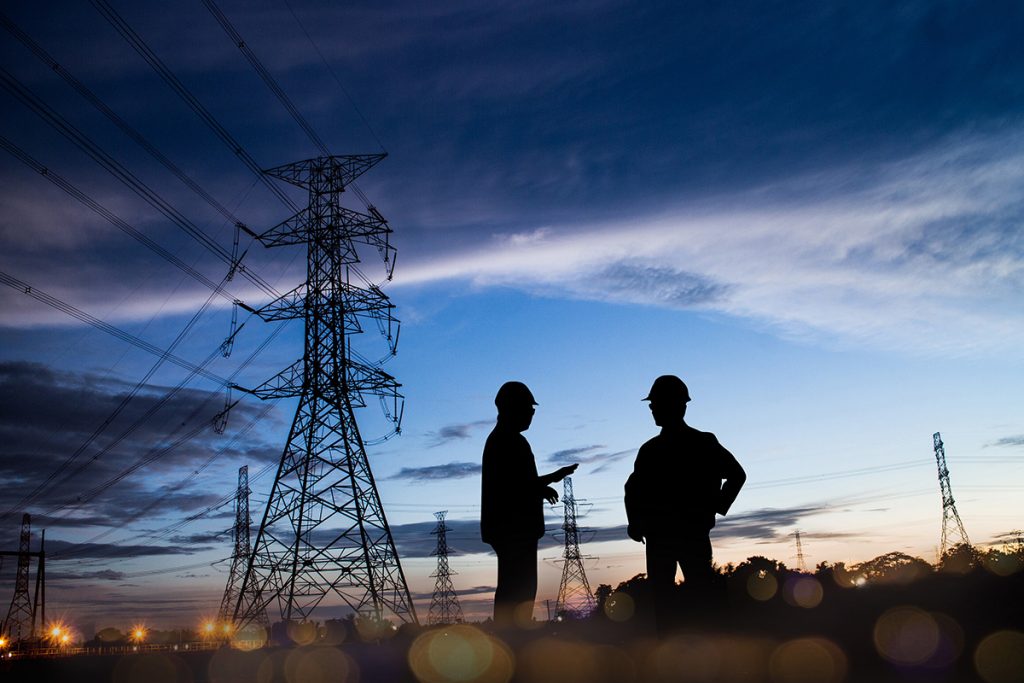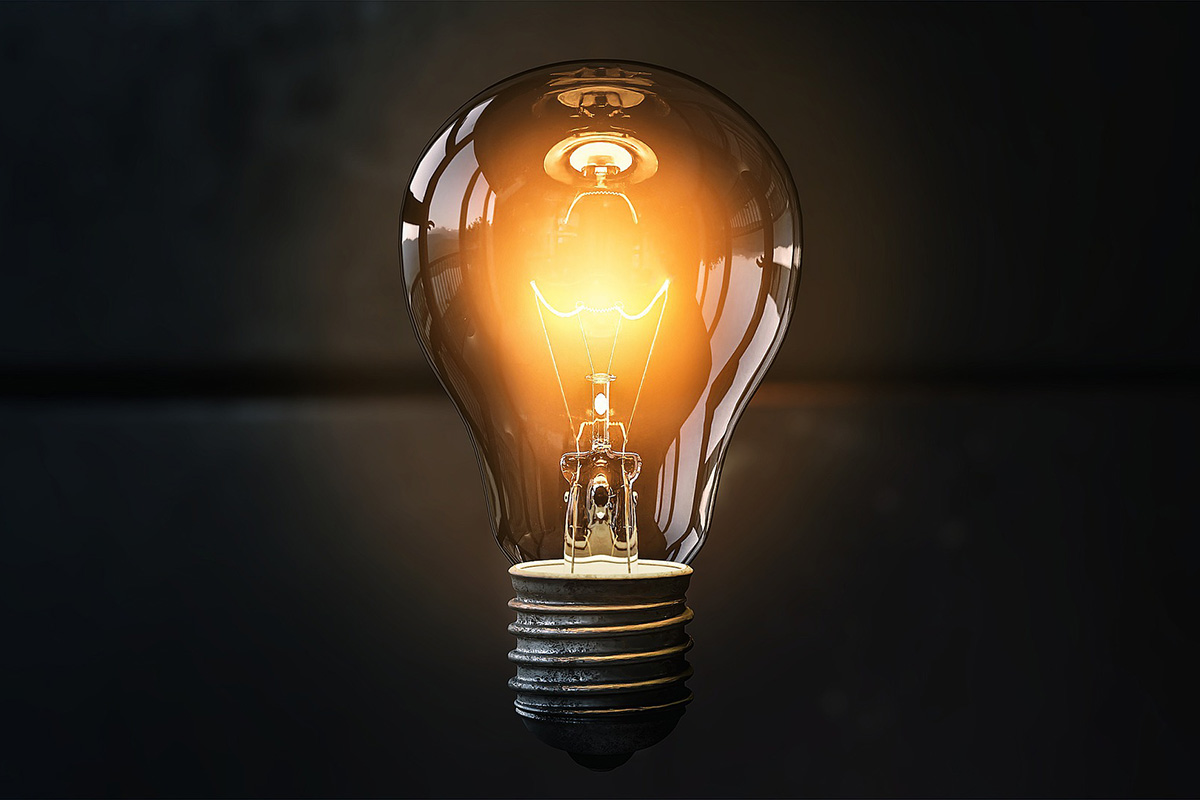By Gustav Stenhag
We live in a powered-up world, where electricity is something many of us take for granted. Whether it is to use our computers whilst working from home, watching football games, or using household appliances in the kitchen to cook for friends – without electricity, our world would be dark and cold.
As an electric network operator, you have a lot of people relying on your service. Not only do you have to ensure that the electricity is delivered at every day at all times – you also have to ensure that the receiver of your service is provided with the best the market offers. Should an electric outage occur, you are the one who has to set it right. To do this, you have two major processes to deal with:
Identifying the problem
- Where in the electric network is the fault causing the outage?
- How can the fault be rectified?
- When will the electric network be back at normal operation?
Keeping end-customers informed
- Who is affected?
- When will the outage be resolved?
To provide a reliable electric network service, you need to find the answers, and act accordingly. Let us juxtapose the scenarios of the traditional process to the one supported by a Digital Twin.
The traditional process when solving electric outages
It begins with how you find out that something is wrong. When working with traditional systems, it will most likely be one, or several, end-customers calling in, reporting to customer service that there is an outage. If you have a silo-based electric network, your data is most likely scattered in different places. All of which must be established for you to execute a restoration process. You also depend on a number of end-customers calling in, this to narrow down the area of where the cause of the problem is.
Identifying the problem
Once you have a rough idea of where the problem is, you need to get hold of your field engineers and direct them to the location where the outage has occurred. The field engineers must first establish what has happened, then how to deal with it.
Keeping end-customers informed
The field engineers can stay in touch with in-house staff and relay the situation via mobile phones. In-house staff pass on the information to customer support, who ensures that it reaches the end-customers.
Thus far, you are dealing with extensive manual work. All the while, the end-customers are waiting for the electricity to be back. Once the problem is resolved, the field engineers have a lot of documentation to take care of when they are back at the office.
The benefits of a Digital Twin when solving electric outages
There is also the option to collate all your data into one system, that supports you during an outage. Consider the scenario of an outage, and let us look at how this can be approached in a more efficient manner. Now, we include the support of dpPower, which can be integrated with smart electric meters.
Identifying the problem
When an outage occurs, functions in dpPower indicate that all the electric meters in the affected area are de-energized. The location of the electric outage is clearly shown on the map, this in real-time. Customer service gets notified via the software, and knows about the outage instantaneously. Should an end-customer call in, they can be reassured that the matter is being taken care of. Field engineers can act immediately, both by finding the place of the outage, as well as restoring it. Whilst working to solve the problem, field engineers and in-house staff stay in touch in the same software system. This also contributes to safety of the field engineers, as in-house staff follow the execution. Field engineers can also document what they do in the software even in areas where there is no or restricted Internet access. You can also eliminate the actions, if it is not an outage, and merely a problem with a separate customer facility. dpPower allows customer service to check in the user interface whether an electric meter is energized or not. If it is a problem which regards only one meter, actions can be taken according to standard procedure.

Keeping end-customers informed
The affected end-customers are indicated in the software system. You can decide to send manual or automatic notification to all end-customers registered for this service, providing them with the information you want to give them. You can let them know that the outage has occurred, and when it will be resolved. In addition to this, information regarding the outage can be automatically published on Outagemap.

You are now dealing with the outage in an efficient manner, from the very the second it occurs until it is resolved. You do not wait for the end-customer to inform you – it is you who inform them. That it has happened. When it will be restored. Your field engineers can act immediately, with digital support from one software system. This is how to solve Internet outages with the support of a Digital Twin. The end-customers can go about with their everyday life. Work from home. Cheer for the football team. Cook for family and friends.
dpPower’s network operations provide support for customer service, field engineers and in-house staff. Should an outage occur, you will be notified. The software system also indicates neutral faults, which enhances security for both field engineers and end-customers. Furthermore, it allows you to poll information from the smart electric meter, and reconnect it via the user interface. Do not hesitate to contact one of our engineers for a demo.
Meet the expert

Gustav Stenhag is Product Owner at Digpro, and is responsible for the development of Operator and Analyzer, amongst other modules. He holds a Master’s degree in energy systems from Linköpings University and Universidad Politécnica de Madrid, and has worked at Digpro for four years, focusing on product development.

